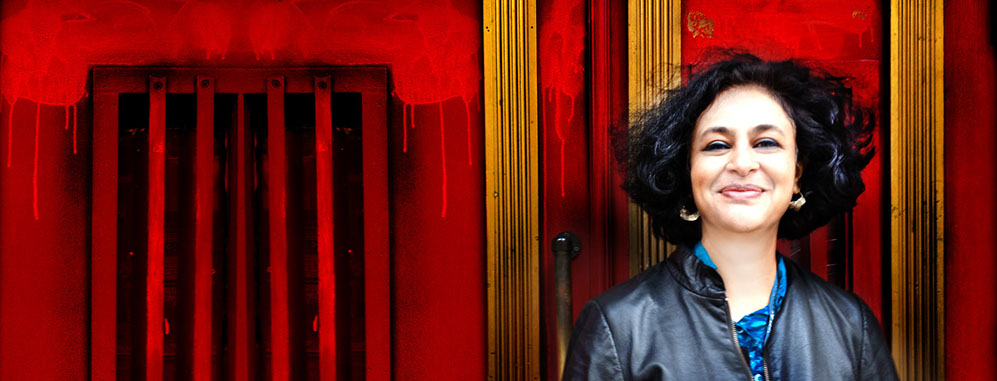On November 13, Paris reeled from a series of well-coordinated bombing attacks that rippled through the leisure spaces of the capital city, causing death, panic, fear and injury. We soon learned that 130 people were killed and over 300 were injured injured. The attackers, we are told, are soldiers of the Islamic State of Iraq and Syria (ISIS). Soon after, France started bombing Raqqah, where ISIS are headquartered.
How did ISIS get so large so fast? How did they learn to target the soft underbelly of the Western world? Political theorist Samuel Huntington says the West is pitted against all Islam in a clash of civilizations, but in reality, as we have come to understand in the past decade, it is more that the West is fighting a few thousand radicalized Muslims hell bent on creating terror.
In 2003, a coalition led by the United States invaded Iraq to depose Saddam Hussein, the president of Iraq. U.S. President George W. Bush and British Prime Minister Tony Blair accused Saddam of possessing weapons of mass destruction, of using them on his people and of having ties to al-Qaeda and other terrorist organizations. Saddam had been the leader of Iraq for three decades or more. With an iron fist and a complex system of patronage, he had ruled over a fractious country of Sunni Muslims, Shia Muslims and Kurds, with disparate tribal loyalties.
All that came to an abrupt end when the United States accused Saddam Hussein of sponsoring terror. U.S.-led coalition forces, in a misguided and misnamed act of force called Operation Iraqi Freedom, bombed and fought their way into Baghdad, the capital city, under the mistaken impression, cultivated by President George Bush and Vice President Dick Cheney, that Iraq was somehow implicated in the 9/11 attacks. The image of U.S. soldiers tearing down a statue of Saddam Hussein in Baghdad and covering it with the U.S. flag is seared into the collective memory of the Middle East as an act of American hubris.
But Saddam Hussein himself was nowhere to be found when the U.S.-led coalition forces entered his palace in Baghdad. He had fled and gone to ground and was found and captured over six months later on 13 December, 2003. He was hiding in a hole in the ground at a farmhouse in ad-Dawr near Tikrit. He was brought to trial at a U.S. Army base in Baghdad for crimes he committed in 1982, was found guilty and was hanged to death on December 30, 2003.
We must understand that Saddam Hussein, using a combination of force and patronage, prevented Iraq from exploding into a thousand fragments. It these fragments that have morphed into ISIS. It is these fragments that have blown into an Assad-weary Syria, forcing waves of refugees to flee and bringing chaos to Europe. It is also these fragments that have caused terror in Paris.
Until we can acknowledge that it was our attempt to force Iraq to embrace freedom and our killing of Saddam Hussein that decapitated Iraq and unleashed the “dogs of war,” we will not be able to act as a legitimate and just force in the world.

Leave a Reply
You must be logged in to post a comment.